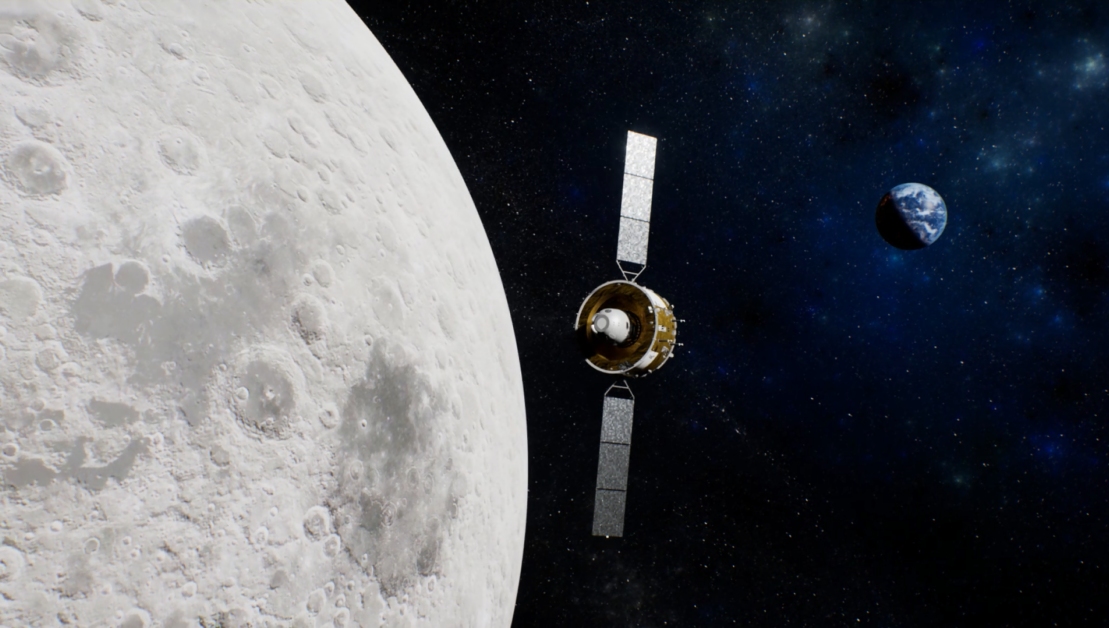
An illustration shows the orbital transfer injection by Chang'e 5's orbiter-reentry capsule combination. [Photo provided to chinadaily.com.cn]
Next, the sealed samples will be transferred to specially designed laboratories for analyses, experiments and tests so scientists can determine the extraterrestrial substances' composition, structure and traits, thus deepening their knowledge about the history of the moon and the solar system.
A certain proportion of the samples will also be on public display to enhance science awareness among the public, especially young generations, sources close to the mission have said.
Chang'e 5, China's largest and most advanced lunar probe, consisted of four main components -- an orbiter, lander, ascender and reentry capsule. The spacecraft was launched by a Long March 5 heavy-lift carrier rocket early on Nov 24 at the Wenchang Space Launch Center in South China's Hainan province, setting out on China's most difficult space activity and the world's first lunar sample-return mission since 1976.
The probe separated into two parts -- the orbiter-reentry capsule combination and the lander-ascender combination -- while in lunar orbit early on the morning of Nov 30.
Late on Dec 1, the lander-ascender combination landed on the moon, becoming the world's third spacecraft to touch down on the lunar surface this century after its predecessors – Chang'e 3 and 4.
The landing site was near Mons Ruemker, an isolated volcanic formation located in the Oceanus Procellarum, or Ocean of Storms, a vast lunar mare on the western edge of the moon's near side. The area had never been visited before Chang'e 5 mission.
Shortly after landing, the combination began to fulfill its major tasks – to use a drill to obtain 500 grams of underground samples and then use a mechanical arm to scoop up 1.5 kg of surface dust. Samples were packed into a vacuum container inside the ascender.